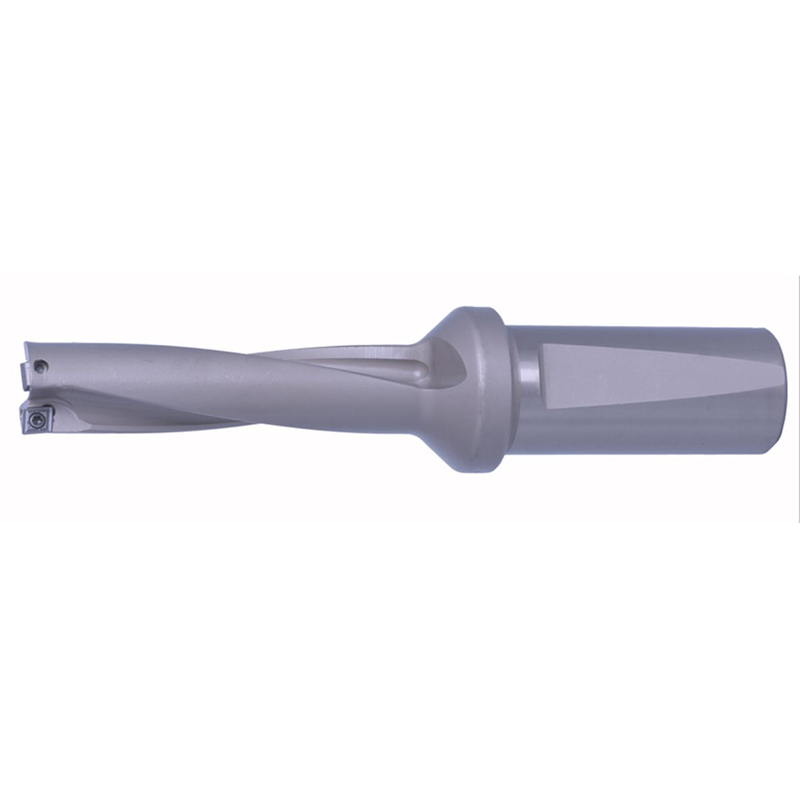Common Types of WD Drill Bits
2024-07-15
WD drill bits, like other drill bits, are specialized cutting tools designed for drilling holes in various materials. They come in different shapes, sizes, and materials to suit specific tasks and applications. Here's an overview of the key aspects and types of WD drill bits:
Key Features
1. Material: Drill bits are made from various materials, including high-speed steel (HSS), cobalt, carbide, and titanium-coated steel, each offering different levels of hardness, durability, and heat resistance.
2. Size: They come in a range of diameters and lengths, suitable for different drilling tasks.
3. Shank Type: Drill bits can have straight shanks or tapered shanks, designed to fit various drill chucks.
4. Point Angle: The angle of the drill bit point affects its cutting efficiency and the type of material it can effectively drill.
Common Types of WD Drill Bits
1. Twist Drill Bits:
- Usage: General-purpose drilling in wood, metal, and plastic.
- Features: Spiral grooves that remove debris from the hole.
2. Masonry Drill Bits:
- Usage: Drilling into brick, stone, and concrete.
- Features: Carbide tips for increased durability and efficient drilling in hard materials.
3. Brad Point Drill Bits:
- Usage: Precision drilling in wood.
- Features: Center point and spurs for accurate, clean holes without wandering.
4. Spade Bits:
- Usage: Drilling large holes in wood quickly.
- Features: Flat, paddle-shaped design with a sharp point.
5. Forstner Bits:
- Usage: Drilling flat-bottomed holes in wood.
- Features: Cylindrical design with a center point and cutting edges around the perimeter.
6. Auger Bits:
- Usage: Deep drilling in wood.
- Features: Spiraled design with a screw tip for self-feeding into the material.
7. Step Drill Bits:
- Usage: Drilling multiple hole sizes in thin materials like sheet metal.
- Features: Cone-shaped with stepped increments.
8. Hole Saw Bits:
- Usage: Cutting large-diameter holes in wood, plastic, and metal.
- Features: Circular saw blade with a pilot drill bit in the center.
Applications
- Woodworking: Brad point, spade, and Forstner bits for precise and clean holes.
- Metalworking: HSS, cobalt, and titanium-coated twist drill bits for efficient drilling in various metals.
- Masonry: Carbide-tipped masonry bits for drilling into brick, stone, and concrete.
- General Use: Twist drill bits for versatile drilling in multiple materials.
Tips for Using Drill Bits
1. Choose the Right Bit: Select the appropriate type and material for the task and material you are working with.
2. Use Proper Speed: Match the drill speed to the bit type and material to avoid overheating and bit damage.
3. Apply Steady Pressure: Use consistent, moderate pressure to maintain control and avoid bit breakage.
4. Lubrication: For metal drilling, use a lubricant to reduce friction and heat.
5. Sharpening: Keep drill bits sharp for optimal performance and extended lifespan.
Selecting the right WD drill bit for your specific task can greatly improve the efficiency and quality of your work.



